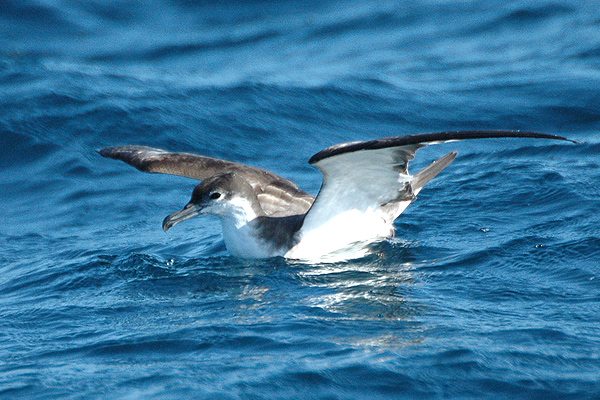Facts About Buller's shearwater
Buller's shearwater, also known as the grey-backed shearwater or New Zealand shearwater, is a captivating seabird from the Procellariidae family. It belongs to the black-billed wedge-tailed Thyellodroma group and is one of the larger shearwaters in the Ardenna genus.
These birds are notably sizable, with adults measuring about 46-47 cm in length and boasting a wingspan of 97-99 cm. They typically weigh between 342-425 grams. You can identify them by their bluish-grey upper plumage adorned with a distinctive broken black "M" pattern on their wings. Their undersides are bright white, and the juveniles closely resemble the adults.
Buller's shearwater is a pelagic bird, meaning it spends most of its time at sea and migrates across the Pacific Ocean outside the breeding season. Their diet primarily consists of fish, squid, and crustaceans. They nest in colonies on islands such as Tawhiti Rahi and Aorangi in New Zealand. The breeding season starts in October and lasts nearly six months, with the incubation period lasting around 51 days.
In the past, Buller's shearwater faced significant threats. The Māori used them as a food source, and feral pigs on Aorangi Island preyed on them, causing their numbers to decline. However, conservation efforts, including the removal of the pigs from the island, have helped their population recover to about 200,000 pairs by the early 1980s. Today, the global population is estimated to be around 2.5 million birds. Despite this recovery, the species is still considered vulnerable by the IUCN due to its limited range and susceptibility to localized threats.

 United States
United States